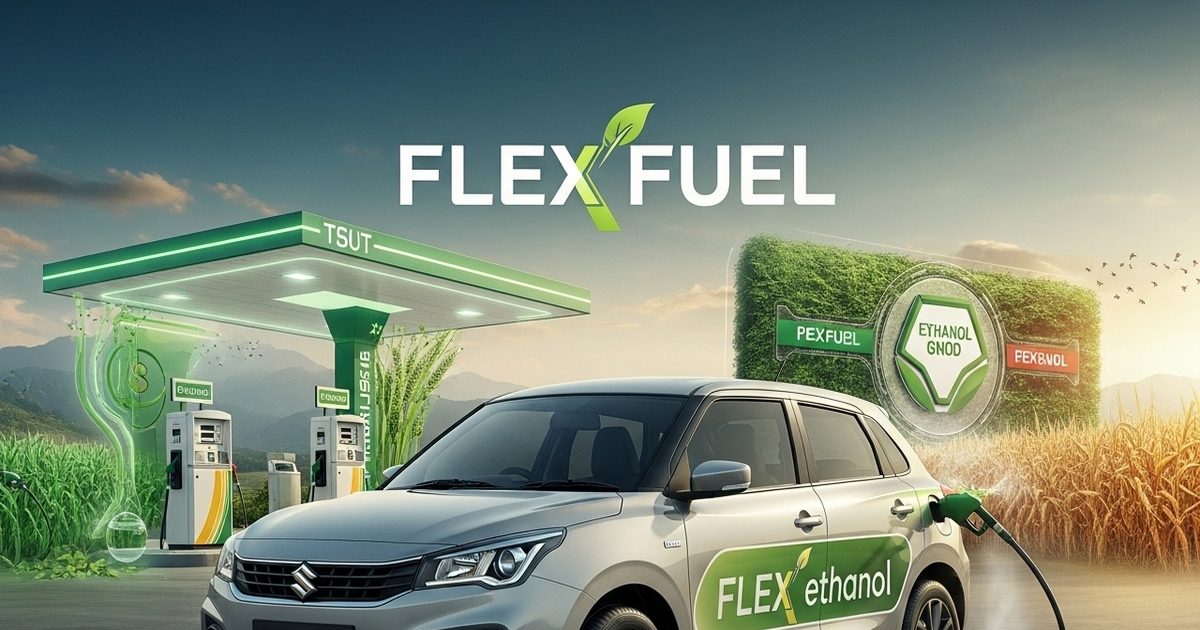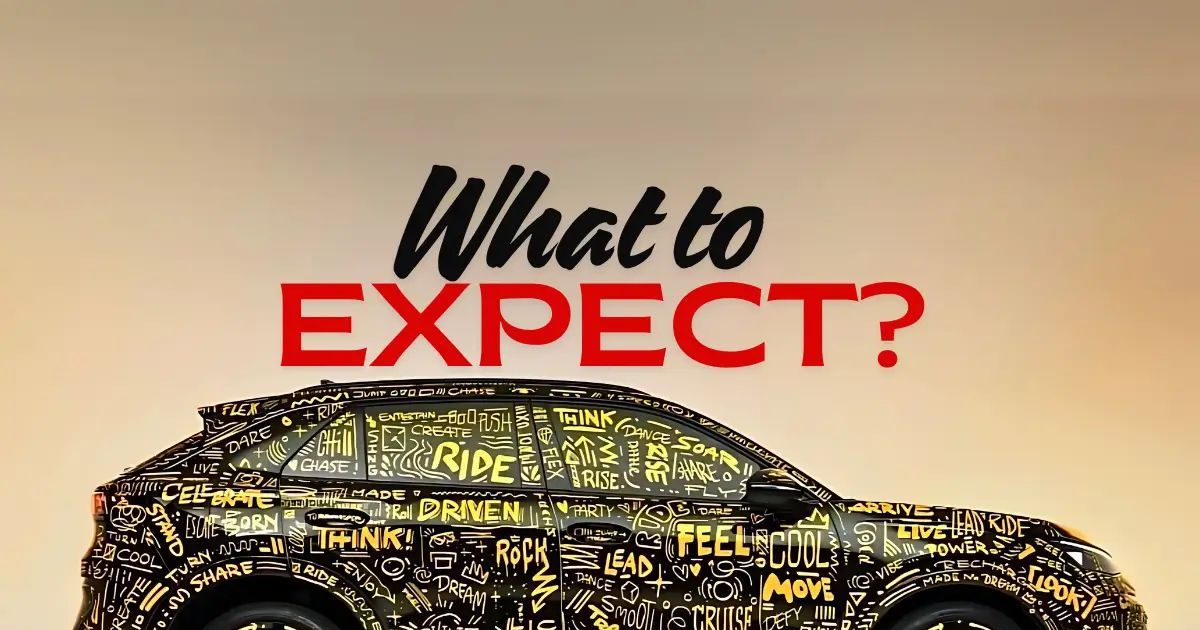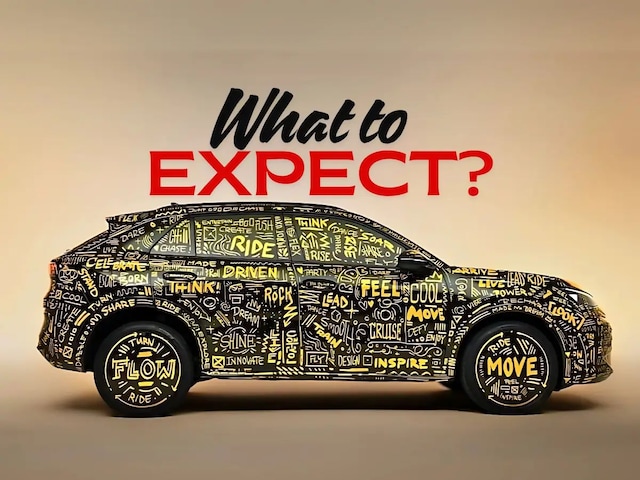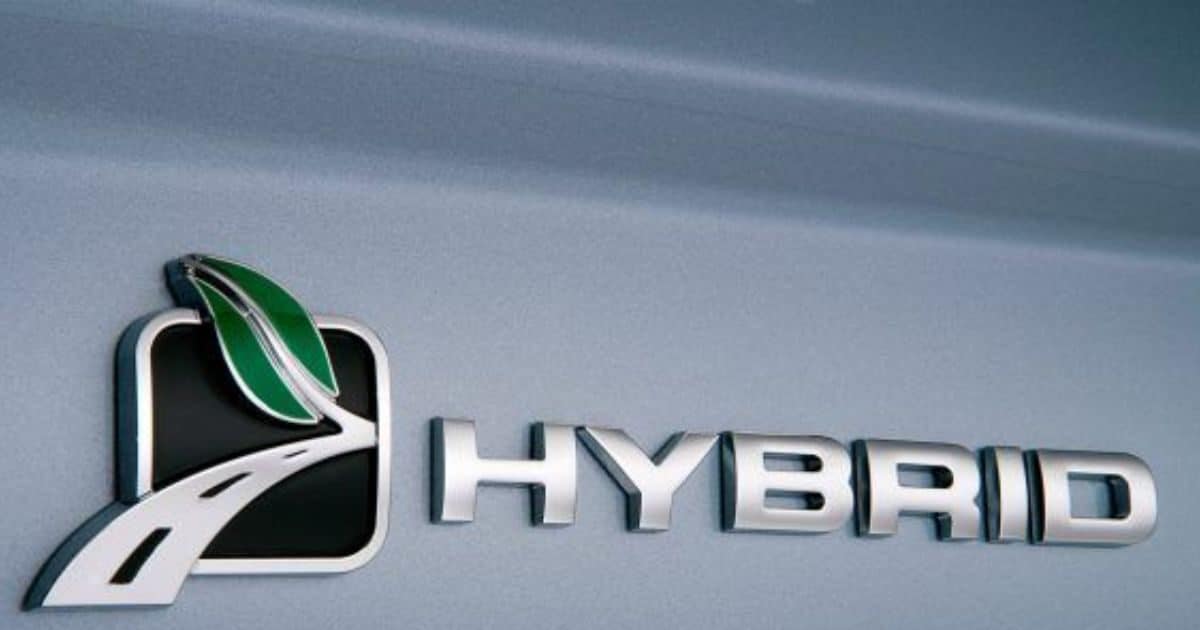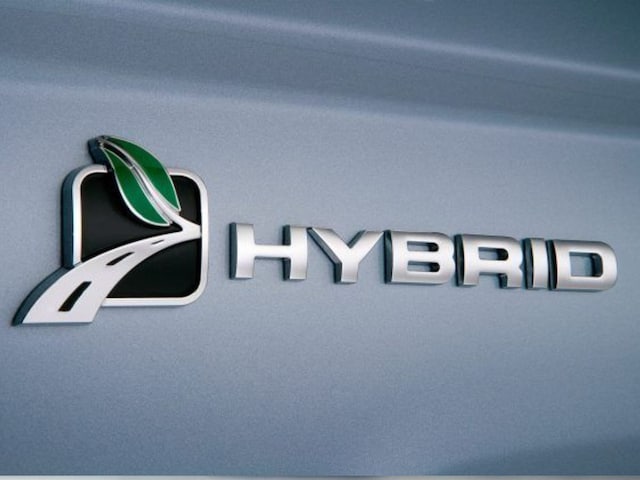Last Updated:
Maruti Suzuki Flex Fuel will debut at the 2025 Japan Mobility Show. A new strong hybrid powertrain and ADAS features can be found in it. Launch possible in India by 2026.
New Delhi. Maruti Frontex flex fuel version is ready for its global debut, which will take place at the 2025 Japan Mobility Show. This show will be held from 29 October to 9 November 2025. Ahead of the official debut, the carmaker has released an image of its design and interesting body graphics. The overall silhouette and design of the Front Flex Fuel is similar to its ICE-powered model.
What makes it different are the yellow stickers and graphics on the bonnet, doors and side profile. The compact crossover features the same sporty front and rear bumpers, faux skid plates and chrome detailing, black 17-inch multi-spoke alloy wheels, split headlamps, thick black cladding, a rising waistline and a sloping roofline.
Engine Specifications
The official engine specifications of Maruti Front Flex Fuel have not been revealed yet. However, Maruti Suzuki's 1.2L and 1.5L engines are compatible with flex fuel, and one of these engines can power the front. Maruti Suzuki has confirmed that its first flex fuel vehicle (FFV) will be launched in India by March 2026. This could be either Maruti WagonR Flex Fuel (which was showcased at the 2023 Auto Expo and 2024 Bharat Mobility Global Expo) or Frontex Flex Fuel.
Strong Hybrid Powertrain
Maruti Frontex Hybrid In 2026, the carmaker is also planning to launch the Frontex compact crossover with a strong hybrid powertrain, which will be developed in-house. This new strong hybrid system will be more fuel efficient and more economical than Toyota's Atkinson cycle hybrid setup. According to reports, Maruti's new strong hybrid powertrain can offer a mileage of more than 35 kmpl. For this setup, the carmaker can electrify the 1.2L, 3-cylinder Z-series petrol engine.
Spot occurred during testing
Recently, one of the front hybrid test mules was spotted testing with a LiDAR (Light Detection and Ranging) sensor, hinting at the presence of the ADAS (Autonomous Driver Assistance System) suite. It also featured 'Hybrid' badges, while the overall design remained similar to the standard front fronts.

